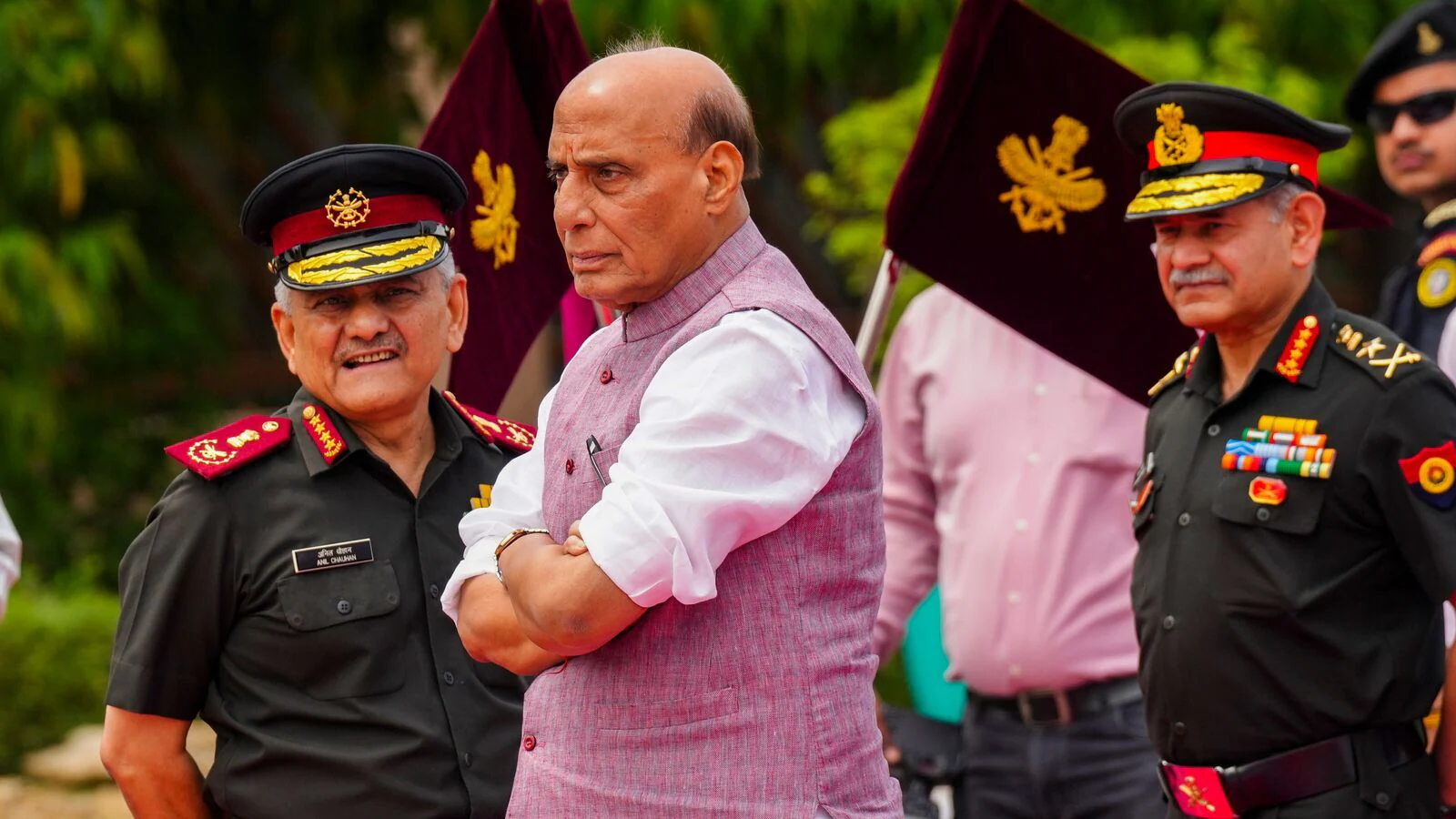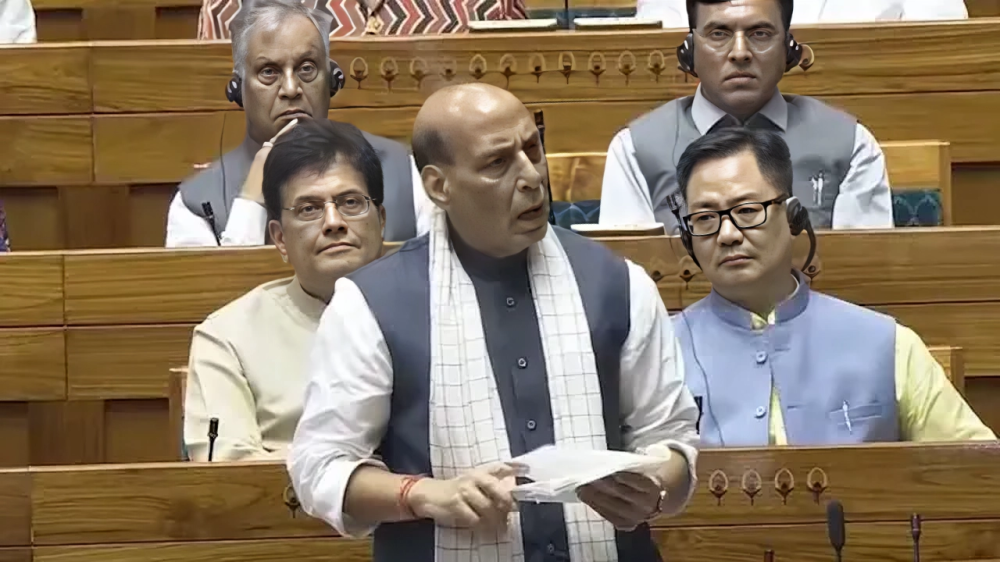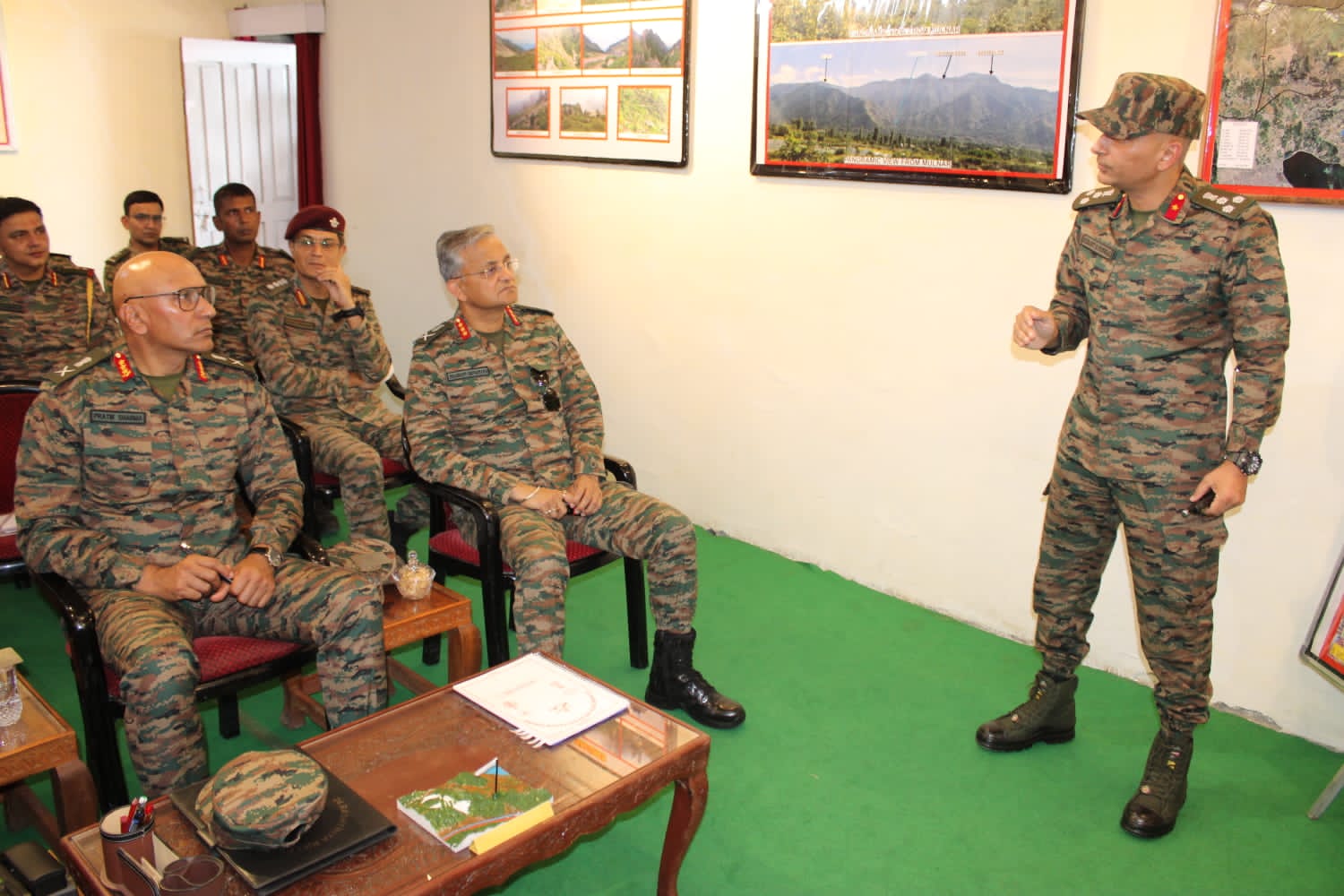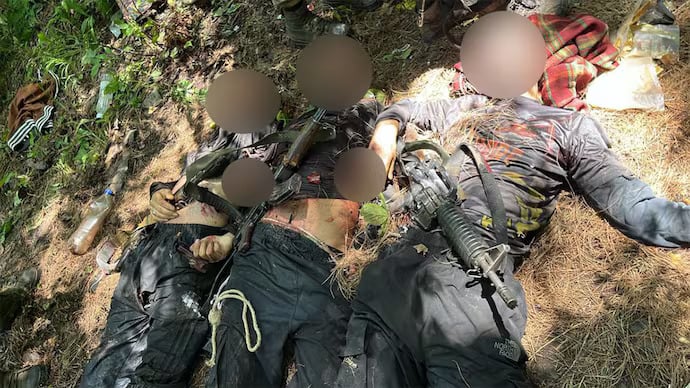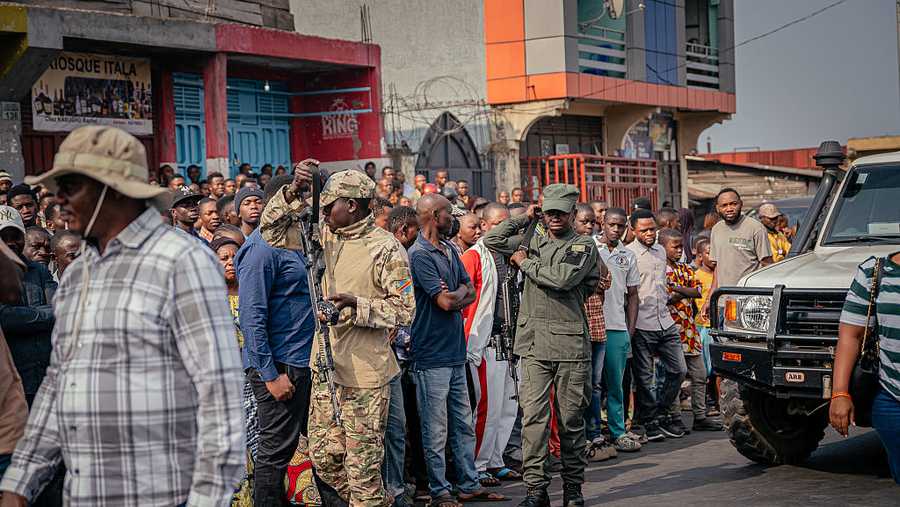India’s DGMO Informed Pakistan After Operation Sindoor Strikes, Says Rajnath Singh
Defence Minister Rajnath Singh informed Parliament on Monday that India’s Director General of Military Operations (DGMO) directly contacted his Pakistani…
Thailand and Cambodia Agree to ‘Immediate, Unconditional’ Ceasefire After Deadly Border Clashes
After days of deadly border clashes, Thailand and Cambodia have agreed to an “immediate and unconditional” ceasefire starting at 1700…
Operation Sindoor Was Stopped After Objectives Were Met, Not Due to Pressure: Rajnath Singh
Defence Minister Rajnath Singh, addressing the Lok Sabha on Monday, firmly rejected claims that India halted Operation Sindoor under external…
Northern Command Chief Reviews ‘Operation Shiva’ in North Kashmir Ahead of Amarnath Yatra
In a high-level security review, Lieutenant General Pratik Sharma, the General Officer Commanding-in-Chief of the Northern Command, visited the Chinar…
Pahalgam Attack Mastermind Suleiman Shah Killed in Operation Mahadev
In a major breakthrough, top Lashkar-e-Taiba commander and mastermind of the Pahalgam attack, Suleiman Shah alias Musa Fauji, was among…
At Least 21 Killed in Attack on Church in Eastern Congo by IS-Linked Rebels
At least 21 people were killed in a brutal attack on a Catholic church in eastern Congo’s Ituri province early…

